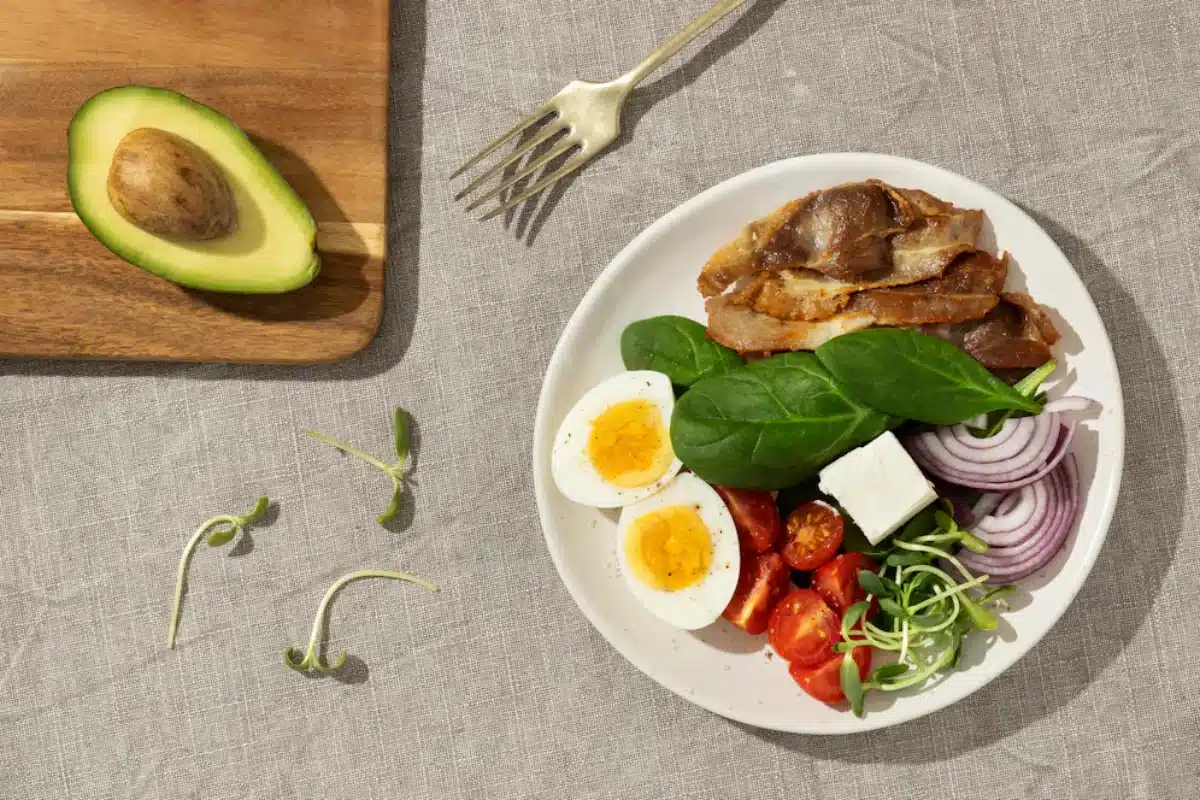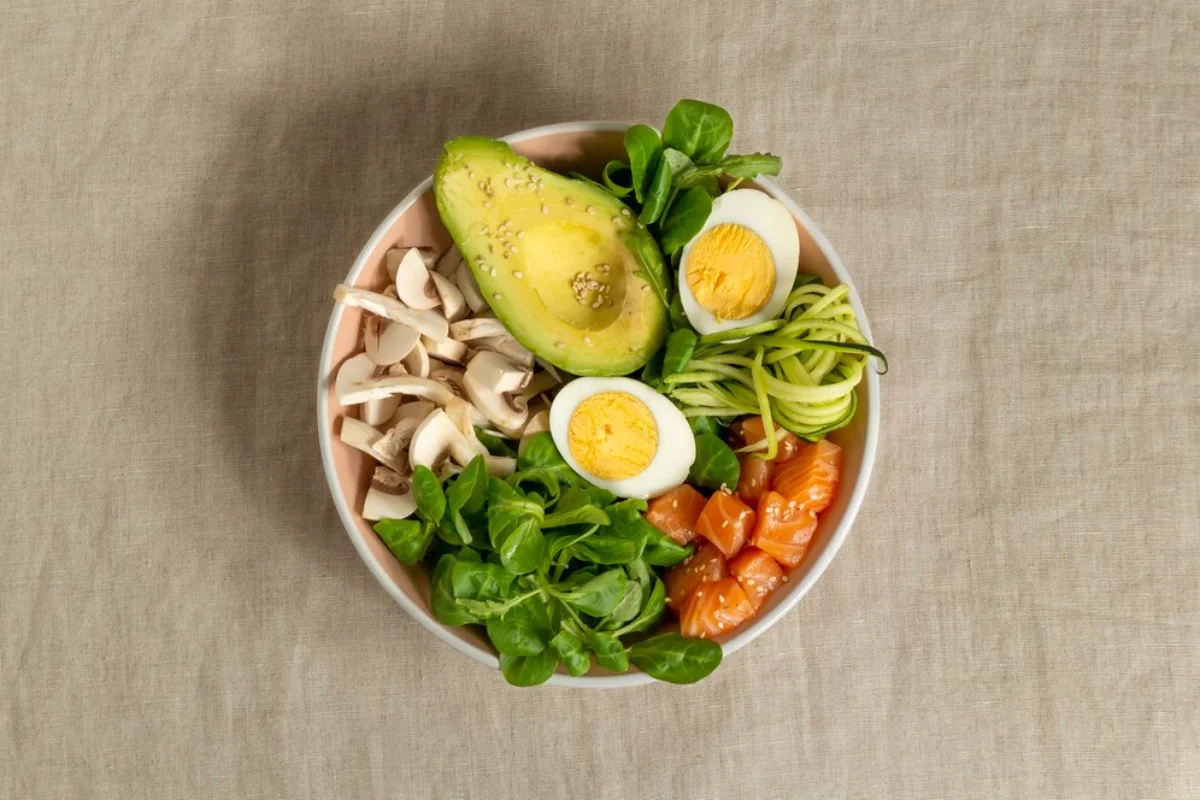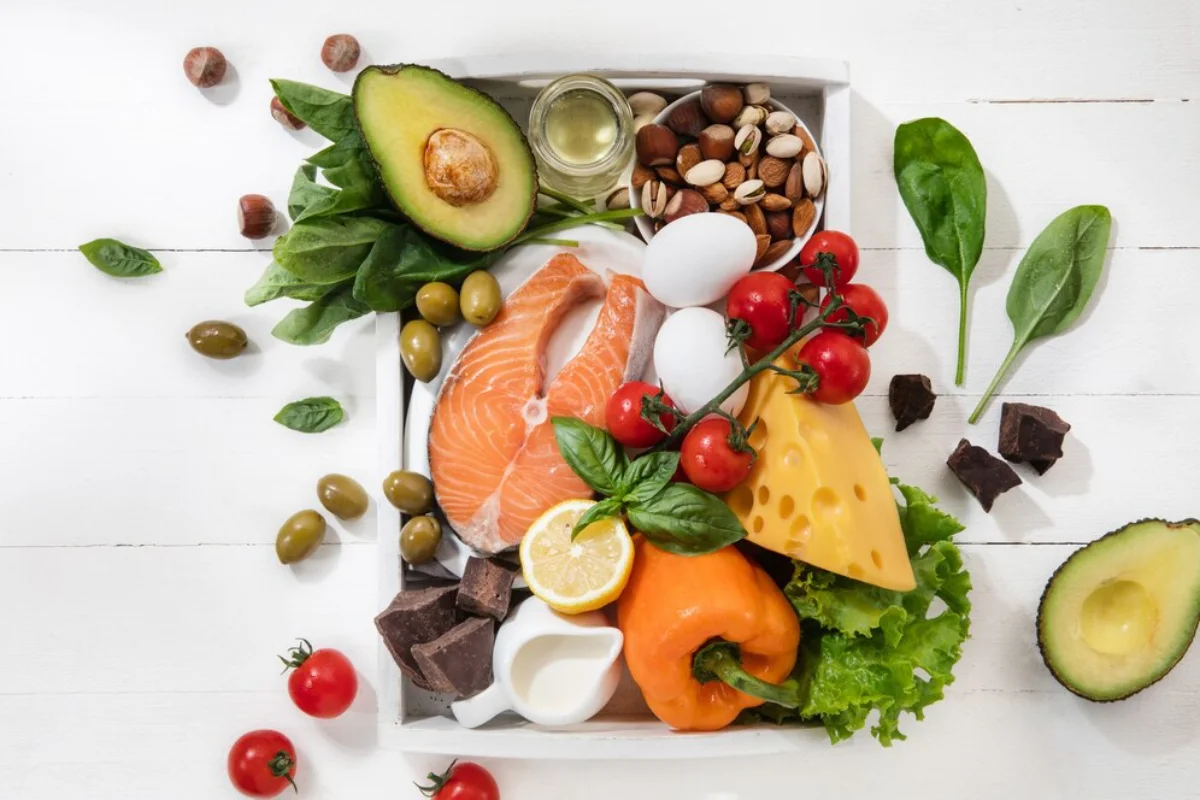
Low-Carb vs. Keto Diet: Which One is Right for You?
Low-carb and keto diets are popular for weight loss and improvement of health. They both cut back on carbs but differ in their approach, benefits, and sustainability. So which one is better for you?
In this article, we compare low-carb and keto and their respective effectiveness, benefits, and drawbacks. These diets work when you need to lose weight or feel leaner, learn their nutritional additives to reach your goals.

Understanding Low-Carb and Keto Diets
What is a Low-Carb Diet?
A low-carb diet cuts down on carbohydrates while allowing moderate protein and fat. There’s no strict definition, but usually, carbs make up 10-30% of daily calories.
Key Principles of a Low-Carb Diet:
- Focus on lean proteins, healthy fats, and non-starchy vegetables.
- Limit refined carbs like bread, pasta, and sugar.
- Allows moderate amounts of fruits, dairy, and legumes.
Common Variations of Low-Carb Diets:
- Standard Low-Carb Diet: A balanced way to cut carbs.
- Atkins Diet: A phased approach starting with low carbs and gradually adding them back.
- Paleo Diet: Emphasizes whole foods, avoiding processed carbs and dairy.
What is the Keto Diet?
The ketogenic (keto) diet is a high-fat, moderate-protein, and very low-carb diet that puts the body into ketosis. Ketosis is when the body burns fat for energy instead of carbs.
Key Principles of a Keto Diet:
- Carb intake is limited to 5-10% of daily calories (about 20-50g).
- Fat intake is high (70-80% of daily calories).
- Protein is moderate since too much can turn into glucose and stop ketosis.
Common Types of Keto Diets:
- Standard Keto Diet (SKD): The most common, with very low carbs and high fat.
- Cyclical Keto Diet (CKD): Involves periods of higher carb intake (e.g., five days keto, two days high-carb).
- Targeted Keto Diet (TKD): Allows carbs around workouts to boost performance.

Low-Carb vs. Keto: Key Differences
Low-Carb Diet v/s Keto Diet
Carb Intake- 50-150g per day; 20-50g per day
Fat Intake- Moderate; High (70-80% of calories)
Protein Intake- Moderate to high; Moderate
Ketosis- Not necessary; Required for fat-burning
Food Flexibility- More flexible; Strict on carb restriction
Best for- Gradual weight loss, balanced diet; Rapid fat loss, metabolic health

Benefits of a Low-Carb Diet
- Effective for Weight Loss
- Reduces appetite by stabilising blood sugar levels.
- Encourages fat burning without strict limits.
- Easier to Sustain
- Includes a variety of foods, like some fruits and dairy.
- Less strict than keto, making it easier for social settings.
- Improves Blood Sugar Control
- Helps lower insulin spikes, beneficial for type 2 diabetes or insulin resistance.
- Supports Heart Health
- Encourages healthy fats (e.g., avocados, nuts, olive oil), which can reduce bad cholesterol.
Benefits of the Keto Diet
- Rapid Fat Loss
- Induces ketosis, burning fat efficiently for energy.
- Great for those seeking fast weight loss.
- Enhanced Mental Clarity and Focus
- Ketones fuel the brain, reducing brain fog and boosting function.
- Reduces Inflammation
- High-fat, low-carb diets can lower inflammation, aiding conditions like arthritis.
- Potential Benefits for Neurological Disorders
- Originally for epilepsy, keto may also help brain health in Alzheimer’s and Parkinson’s.
Potential Downsides of Each Diet
Challenges of a Low-Carb Diet
- May allow unhealthy foods – Processed low-carb products can have artificial ingredients.
- Can cause energy fluctuations – Some might feel tired if they don’t eat enough healthy fats.
- Might be slower for fat loss – Compared to keto, weight loss can be gradual.
Challenges of the Keto Diet
- Hard to maintain – The strict rules make it tough to stick with long-term.
- Keto Flu – Initial symptoms like headaches, fatigue, and nausea can occur when starting.
- Limited food variety – Cutting out fruits, grains, and some vegetables can feel restrictive.
- Possible nutrient deficiencies – Missing food groups might need supplementation (e.g., magnesium, potassium, fibre).
Which Diet is Best for You?
Choose a Low-Carb Diet if:
- You want flexibility in your meals.
- You seek sustainable weight loss without extreme limits.
- You aim to improve blood sugar and energy levels.
- You enjoy a variety of foods, including fruits and dairy.
Choose the Keto Diet if:
- You want fast weight loss and fat-burning.
- You seek mental clarity and steady energy without crashes.
- You’re ready for a strict eating plan.
- You have specific health issues, like neurological conditions or severe insulin resistance.
Practical Low-Carb and Keto Eating Tips
For Low-Carb Dieters:
- Pick whole, unprocessed foods over packaged low-carb options.
- Include a range of proteins, fats, and complex carbs.
- Snack on nuts, Greek yoghurt, and cheese for healthy energy.
For Keto Dieters:
- Boost healthy fat intake (avocado, coconut oil, fatty fish).
- Stay hydrated and increase electrolytes to prevent keto flu.
- Plan meals carefully to keep ketosis.
Choose Best Alternative for Yourself
Low-carb and keto both have health benefits of their own, but the best option for you will depend on your goals and lifestyle. You know, the low-carb is something great in terms of a lot of flexibility and steady weight loss, and the keto is better for metabolic health and rapid fat loss.
If scared, try low-carb and if it feels good, go straight keto with no hesitation. Eat whole, nutrient-dense foods, and pay attention to what your body needs.
Which diet have you tried, or are you considering? Share your experiences and questions in the comments!


